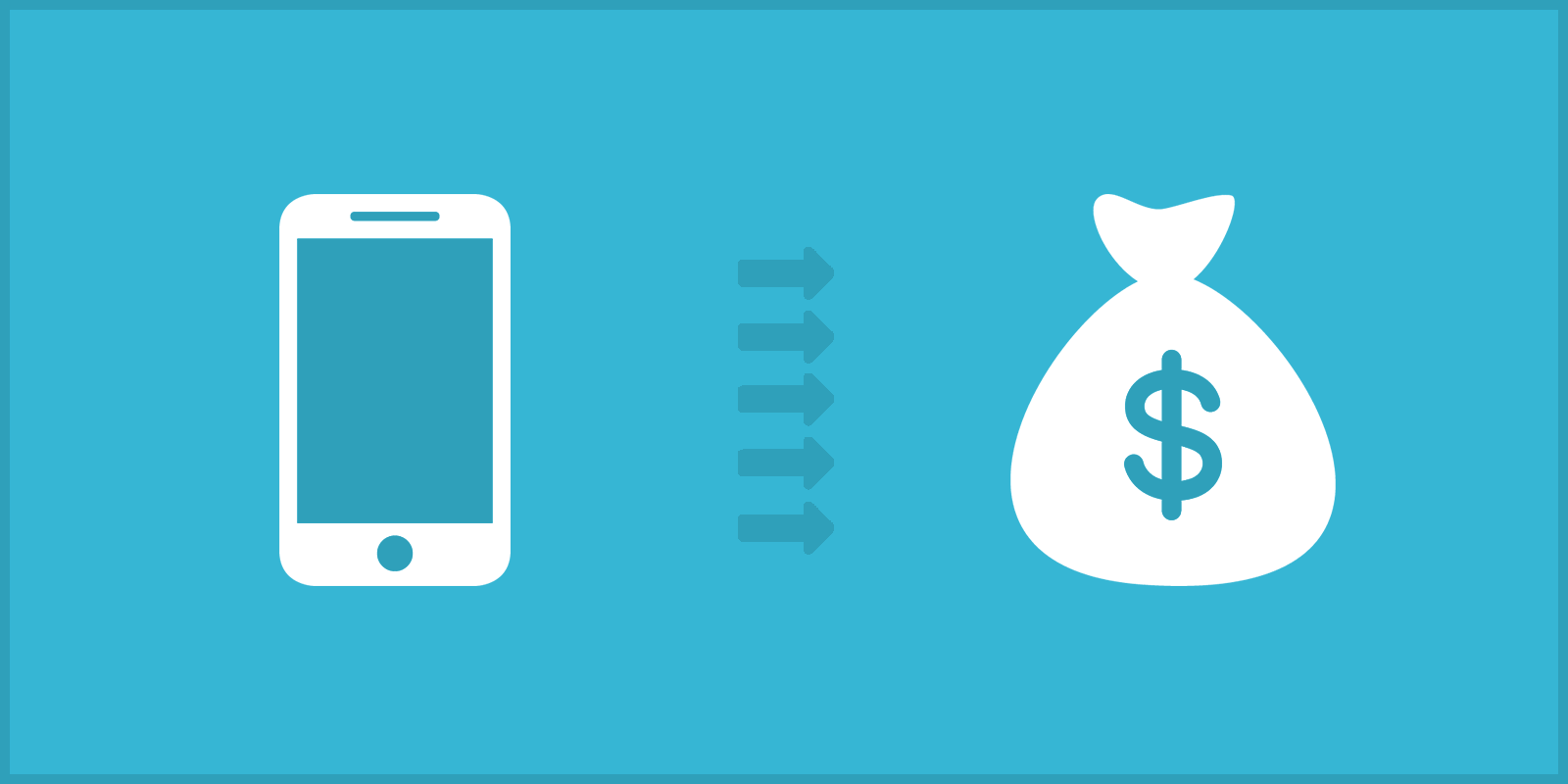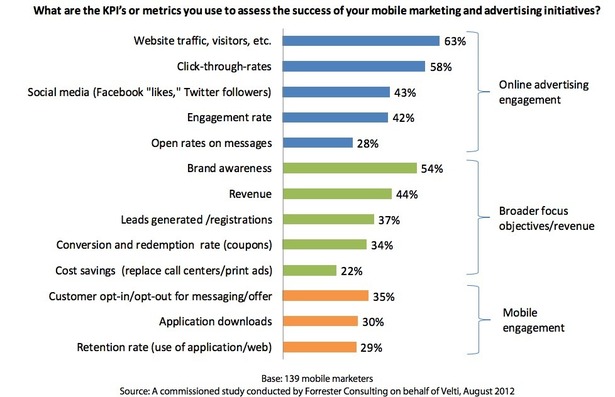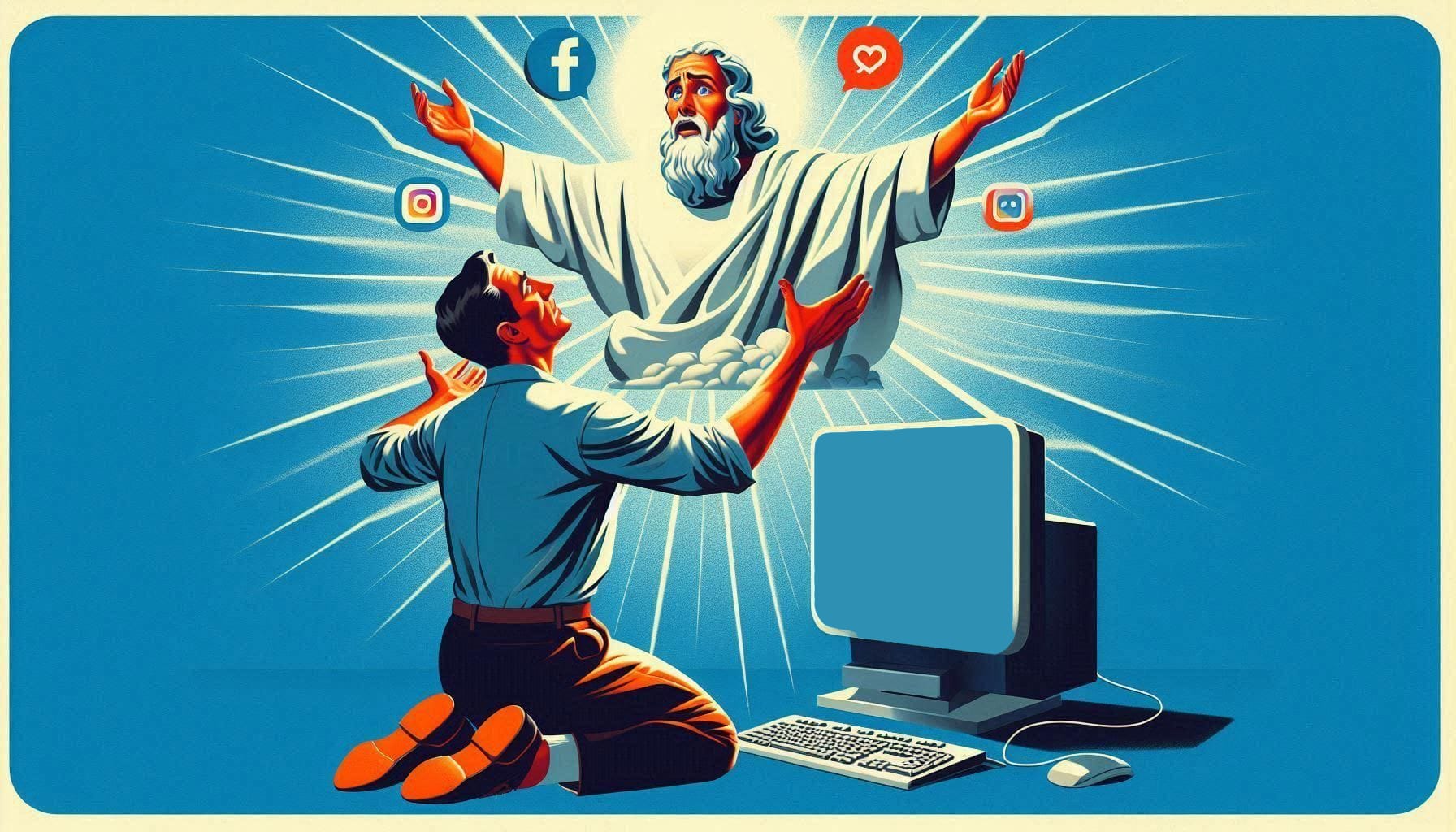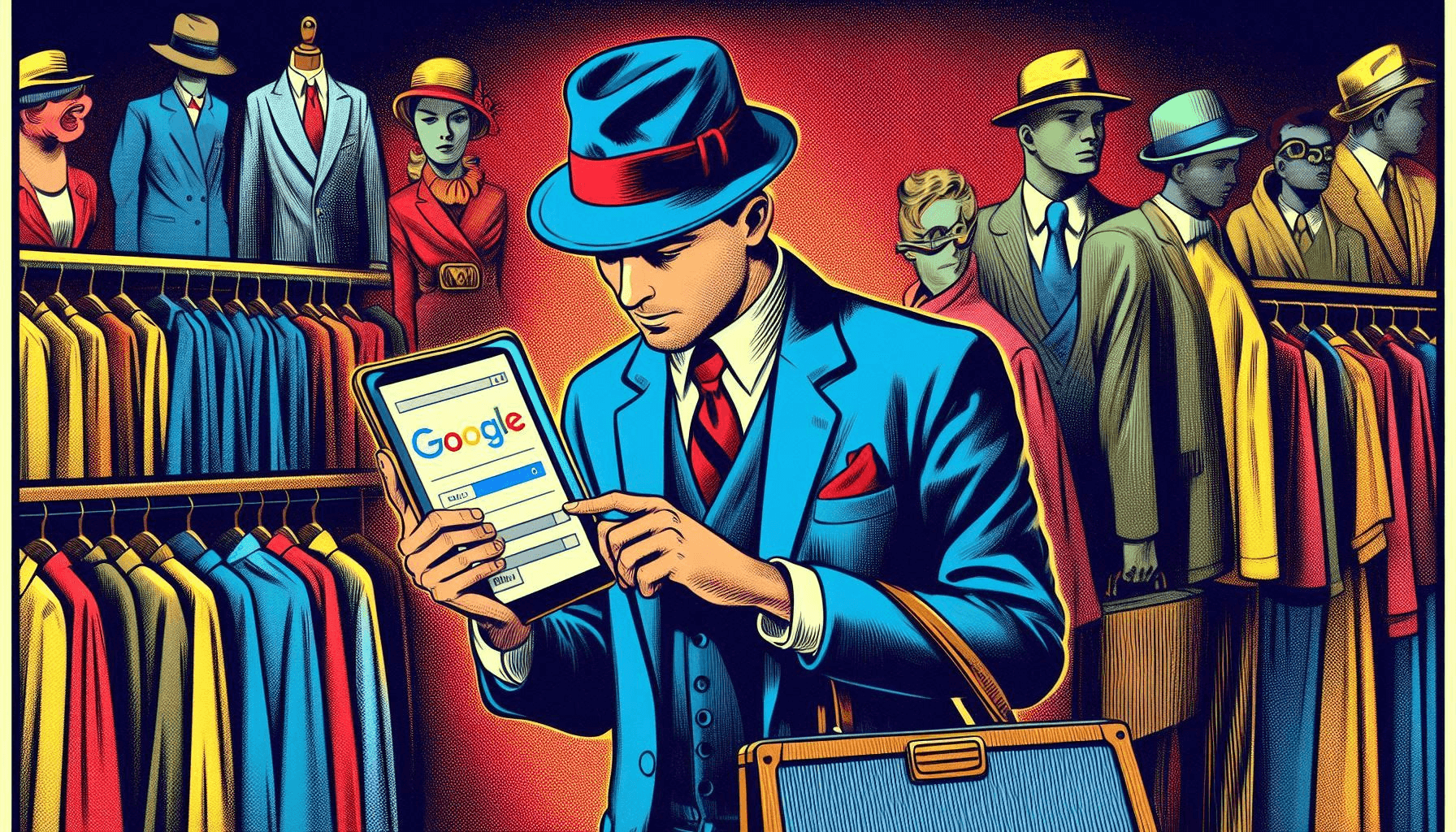There is no question that the mobile space is still growing. In 2014, mobile app usage has overtaken television as America’s first screen.
Flurry’s, the San Francisco-based mobile analytics startup, analysis shows that people are spending almost 3 hours on their mobile screens, which grew by 9.3% – from 2 hours and 42 minutes – just 9 months before. Time spent on TV has remained flat at 2 hrs and 48 minutes daily, according to the US Bureau of Labor Statistics.
It’s easy for anyone to take a look around and see these numbers validated through their friends, family members, and co-workers.
For mobile app developers and other tech entrepreneurs to take advantage of of these trends successfully, they need to make sure they are taking their monetization strategy into consideration before building the app.
Why?
You need the user experience of your new app to align with the chosen magnetization model. It is painfully obvious when ads don’t look native to the app.
4 Different types of mobile applications
Before getting into the different monetization strategies it helps to understand the different categories of digital goods. Each type of product submits itself to different pricing psychology and can help you narrow down your choices. Again, make sure that there is a natural alignment of the business model you chose with the type of value you are delivering through your app.
1. Content. Most people are willing to pay for ebooks, music, and movies. Instead of purchasing, a lot of content can be rented temporarily, like movie rentals. Audible does a great job getting their customers the audiobooks they’re looking for across various platforms.
2. Apps as a Service. Just like SaaS platforms, there are also apps that provide a service. Headspace and Evernote are great examples that use a subscription models.
3. Consumable Apps. These are apps that are used until you are done with it. For example, games like Angry Birds have a fixed set of levels, once each level has been completed, the game has been consumed. These types of apps are often the most transnational as there is no future promise of revenue to be made for all the attention you may have captured.
4. Additional in-app items or functions. Many free apps try to monetize engaged users by providing additional functionality, game pieces, or features for a fee. Angry Birds used to be a consumable app, but supplemented their revenue stream with additional levels. Of course, Angry Birds created a lot more games and extensions, and ever started getting into merchandising, and even movie, taking full advantage of their brand. Paper is a great example of an digital product that sells physical products with their stylus.
There are definitely categories of apps that I didn’t include here such as marketplaces like eBay, or social networks such as Fitocracy.
Important questions to consider before monetizing
Is my app engaging enough for people to use often?
Unfortunately, getting that initial download doesn’t help that much if the person never comes back to you use your app again. You want to specifically pay attention to your daily active users and your loyalty and retention to see if people are coming back often. The engagement levels of your users will help determine the best monetization model as well as the type of value you are adding to your users.
How willing are people to pay an up-front fee for my app?
After taking a look at the other apps in your category you will be able to gauge your competition. If you have a high quality product where the demand isn’t being met, you may have an opportunity to charge for your app.
Otherwise, if there are a lot of free apps that seem to do the job, this may not be a good route for you.
How do my competitors monetize their apps, and how successful are their strategies?
Chances are your competitors already went through the trial and error process on settling on a monetization model that works for them. Looking at your successful competitors will help reveal your users purchasing habits to help support your decision when settling on a pricing model.
Do I need to support ongoing costs?
Think about all your reoccurring costs: server costs, maintenance and development costs, etc. If you are losing money on an app every single day you need to make sure you choose a business model that aligns with your circumstances.
5 Major app monetization models
1. Sell your app in the app store
2. Offering a free app with a paid subscription
3. Offering a free app with in-app purchases
4. Offering a free app with advertising
5. Commission on a transaction that you facilitated
Monetization comes down to getting paid by users or getting paid by advertisers.
Developers are most familiar with advertising models
This is great news considering Forrester expects total mobile ad spending in the US to reach $40 billion by 2019.
Why are advertisers marketing on mobile?
According to Forrester and Velti, mobile marketing is predominantly used for customer acquisition and brand awareness. Although the data is from 2012, the primary goals have not changed. The survey found that 86% of respondents use the channel for customer acquisition, while 79% use it for awareness. A further 78% said they use mobile for loyalty and retention and 66% for customer satisfaction. With your advertiser’s goals in mind, is there anything you can do with your app that can help them make more successful?
How do marketers know they are successful?
When asked about the key performance indicators (KPIs) that marketers use to assess their mobile efforts? The most common answer was web traffic and visitors (63%), followed by CTR (58%), brand awareness (54%) and revenue (44%).
Understanding the objectives behind mobile and the measures of success is extremely important to consider when building your application. If you build the application with the business model in mind, you can make sure the user experience is tailored to deliver the experience that aligns with marketers objectives and KPI’s.
Alternatives to the advertising model
Although the industry is clearly still growing, mobile ads are still taking up a significant number of pixels on the screen and many developers did not design their apps with ads in mind. Given the limitations of mobile banner ads, you could explore alternatives to traditional display or interstitial ads.
Freemium
One of the first popular alternatives benefited from the drawbacks of an ad-supported app, the freemium model. Usually there are two versions of the same app. The free version is typically ad-supported where the users can access a majority of the features easily. The paid version might use a pay-per-download model and is usually the ‘premium’ or ‘pro’ version that is usually stripped of its ads unlocking all the features of the app.
As a developer, you may not feel comfortable intentionally providing a large segment of your users with an inferior experience or service.
This particular model helps mitigate price as a barrier to entry and even turns the free app into a distribution channel for the paid app. Basically, you can sell your paid app through your free one.
There are many apps with core functions that solve a basic problem for a user, for free to hook you in. Depending on how painful this problem is to you, chances are you would pay for some added functionality of some kind. Evernote is a great example of a freemium app that charges more once you reach a certain storage capacity.
They actually give you a fairly significant amount of storage, 1 GB, to start, with additional features you unlock. If you manage to reach their capacity, chances are Evernote has been integrated into your life, and you really won’t mind paying the $5 per month.
In-app purchases
This particular model is very closely related to the freemium model except users are always drawn in by a free app. Games have done an extremely good job maximizing the utility of this model. Buying virtual goods usually provide a deeper level of engagement with the app content. Games might offer virtual currency or the option to buy more levels. Depending on the addictiveness of your game, this can be a highly lucrative income stream. Think of ways your life fits into your user’s real life. How useful is it to them? How entertaining is it?
For example, Candy Crush is a free app that generated 1.88 billion in revenue in 2013. Since I’ve heard so much about the game I decided to play the game and see what I can learn about the games allure. Basically, you have a finite amount of terms to meet the level’s objectives, such as clearing all of the candy, the game is a lot like Bejeweled. When you get through an extremely tough level and you JUST miss it, one can easily see why people would pay the $1 to move on.
Commission
Are you facilitating some type of transaction that took place? When you create a marketplace, where two or more parties receive some type of value from an exchange, you can charge for making the connection possible. Acorn, an app that makes strategic investments based on your spare change, fits into this model as a broker receives 0.25% and 0.50% of your investment annually while charging you $1 a month. They not only build a monthly subscription into their model, but they are motivated to make sure you have higher earnings for a win, win situation.
Affiliate and Referral Marketing
A popular form of affiliate marketing for apps is to promote other mobile apps with the goal of earning commissions when the app is purchased and downloaded. If one of your users is finished playing your game, this may be a great option if you can present them with something just as entertaining.
These ads are typically more integrated and have a more natural feel with the app itself, especially if the app being marketed is complementary to the app at hand.
Which monetization strategy do you plan on using?











One Response
Hi Zion, very informative article, I actually developed a couple of apps (game and utility) a while back and was thinking how to monetize them, in the end I made a deal with a network called mobite media group so they handle all monetization of the apps, take their commission and then I get paid. From what I know they are using all the ways you mentioned here and it helps me earn big time!